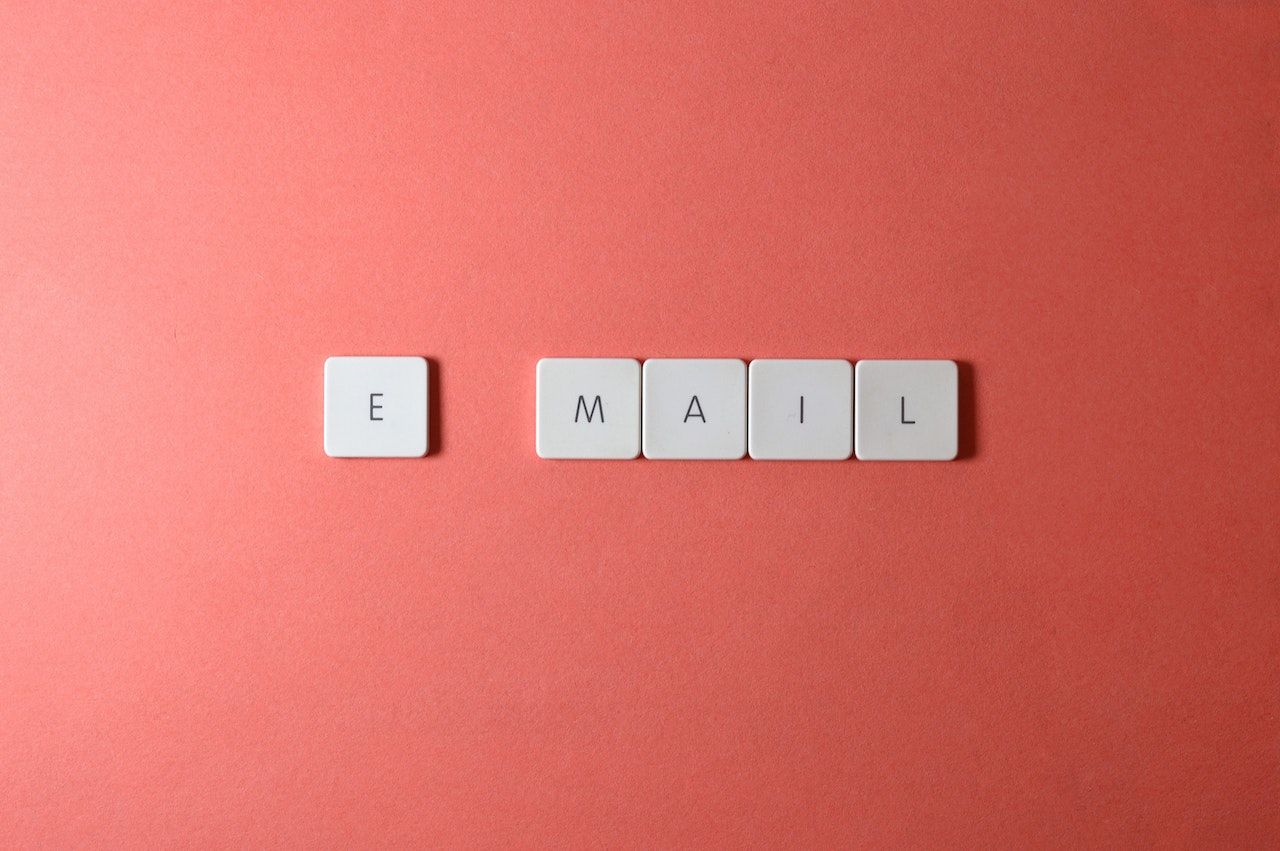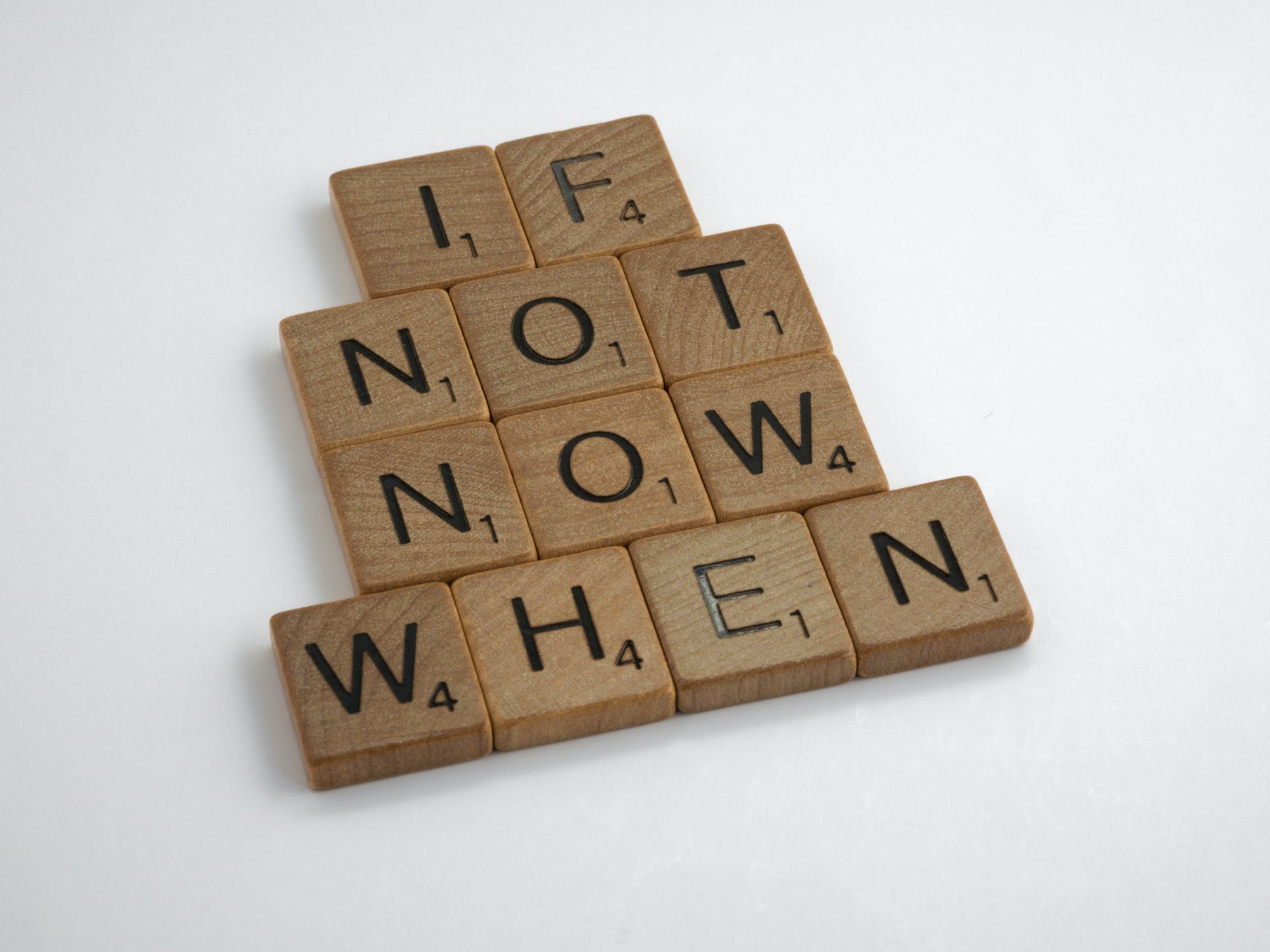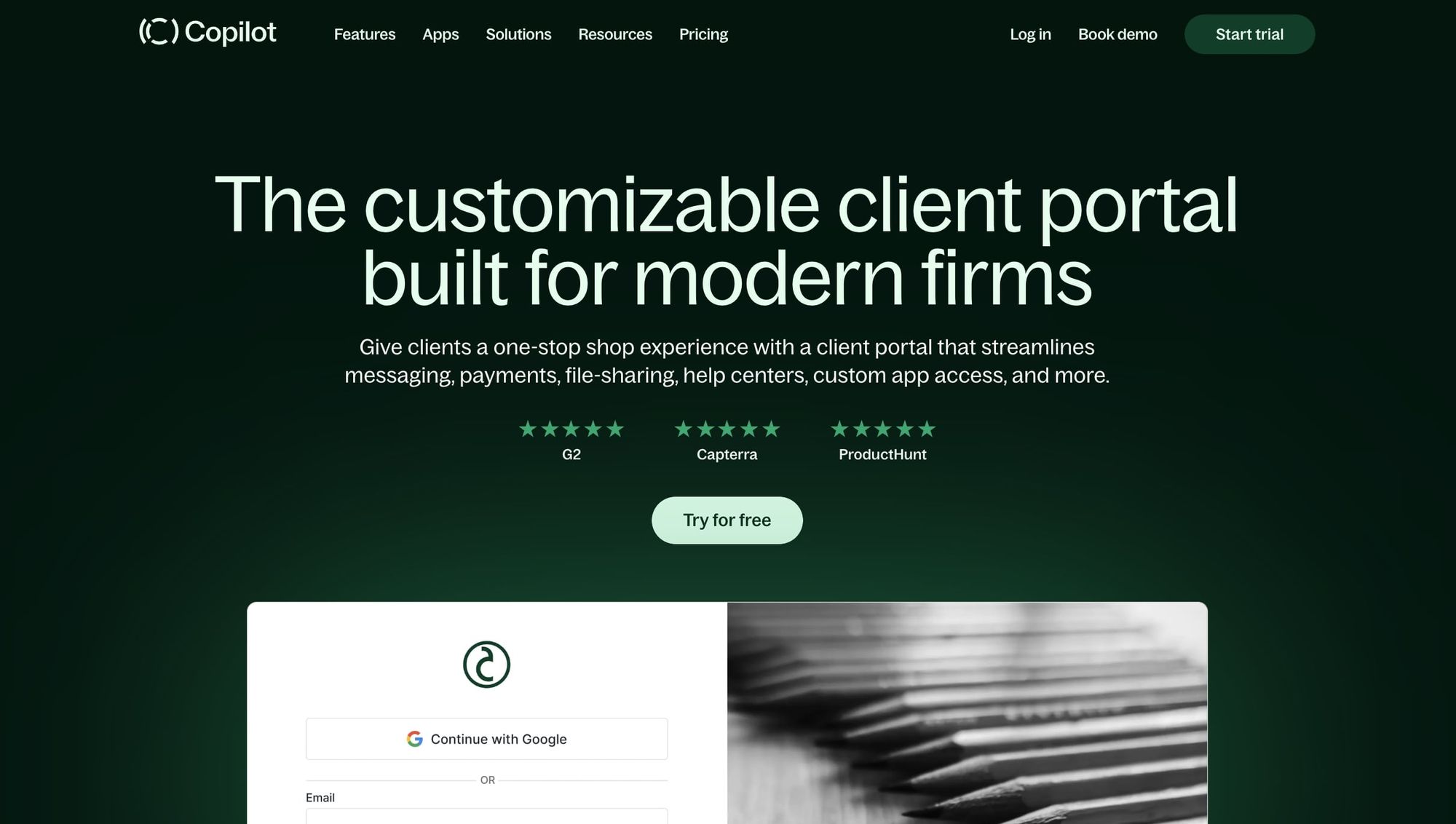Back to Blog Home
Proposal Follow Up Email Best Practices (With Sample)

You've done all your homework, made all of your preparations, and just executed a perfect sales proposal on Friday afternoon. Now, you're waiting to hear back from prospective clients, ready to chat, and align your schedules to get to work Monday. The only problem is, you're still waiting on a response.
You check your inbox for the status to discover progress has stalled, and while sometimes, delays are a normal part of the sales process, other times, things need a little push from you to keep rolling along. Even with these different scenarios, it's crucial to handle the situation delicately and professionally. Here, we'll discuss how you can do just that to make the best impression no matter how far along the sales pipeline you may be.
Critical Elements of a Good Follow-up Email
Being clear and concise while still pushing for a response can be tricky. A few key details of your email can make a difference in your email response rates.
Compelling Subject Line
In the writing industry, your email subject line is also called the "logline." This part of the email grabs attention, so a simple, "Hello, I'm following up," might not have the pizazz you're looking for. Impress the potential client and let them know you're still enthusiastic about your proposal with something that differentiates itself from spam. You can use personalization advantageously by addressing the email to the appropriate person or referencing your last meeting. Even though this is your first follow-up, treat it like it is your first email and let them see you're serious about their time and interest. Case studies have shown that well-crafted subject lines have substantially higher open rates, so make sure you take time to think about yours.

Context Reminder of the Last Conversation
Sometimes a recipient needs a little bit more context to recall why they're receiving an email from you. You especially want to include extra details if you last spoke to the contact at a busy event such as a tradeshow. Be sure to include your first name, company name, and how you can be of value to your prospect's company, along with the circumstances of the last time you spoke. You're already past the stage of cold emailing, but also make sure you're making a polite follow-up.
Clear Email Purpose
Within the body of your email, you can continue to demo your value, utilizing numerous email proposals while still performing a compelling inquiry. The technique of being direct is a matter of knowing your audience, which thousands of freelancers and sales reps have been mastering for years. You're there because you want to make your proposal a reality, and you're excited to get things moving. You're a professional who can offer valuable services that will resolve their pain points, along with providing valuable insight for the whole company, not just the boss. You want communication to be clear, and you want to show the client how they can benefit from the services or goods you are pitching.
Explicit Action Request of the Client
While you are still writing a sales email, that doesn't mean you don't have a desire to continue cooperating and communicating with the client. Let them know what actions are next with something as simple as asking for a response later that day, whether it's an email response, a quick call, or even by mail. The key is to be concise and clear, keeping the action request buried in a hugely detailed email.

Next Steps
After you've clearly stated your intention and how the client can follow up with you, it's time to move on to the next steps. Let the prospect know any additional information pertinent to the proposal, such as resources like helpful blogs or contacts of relevant salespeople. Then, let your contact know that you're ready to get moving once you hear back from them and how you'll do so, whether that be setting up a phone call, getting a lunch meeting on the calendar, or starting a free trial. Emphasize how you're going to move forward with them after the previous email and convey how eager you are to continue the relationship.
Closing Line and Contact Information
In your closing line, courtesy and professionalism combine for the perfect conclusion. Show the client you value their time and consideration by offering them the same. Be sure to include the client's name. If appropriate, consider using their first name to add a personable element, and don't forget to include your signature with your preferred contact information.

When to Send Follow-up Emails
Patience is most definitely a virtue regarding timing. However, as previously stated, there's a definite time to take action and stay on someone's radar, so let's take a closer look at the timing of successful follow-up emails.
Recap Email: Immediately After Call
Don't let that feeling of a great consultation and the chemistry between you and a client fade. After a call, an immediate follow-up email is essential to recap critical aspects of your meeting and keep ideas fresh in the client's mind. It's a simple psychological trick, but referencing a positive trigger event garners a positive association in someone's mind.
Reminder Series: 6 Emails, 2-3 Days After the Last Email
Your reminder approach can vary depending on what insight you've gleaned from the potential client. If appropriate, it is excellent to have numerous email templates or variations ready ahead of time. Regularly scheduled emails can help you stay at the forefront of a potential client's mind in the event they're bombarded with numerous inquiries or requests every day. You shouldn't underestimate simple persistence either. Be sure to set reminders for yourself as to how many emails you've sent and consider when to be courteous and not flood the client's inbox.

Best Times: 8AM, 1PM, 5PM Prospect’s Time Zone
Choosing when to contact your recipient can be tricky and may change depending on their preferences or timezone. A good rule of thumb is to email either at the start of their day, just after lunch, or when their workday is winding down. These times have the most success for generating a response from a client. People tend to come to work refreshed at these times, whether just starting off the day or after a much-needed lunch break. Contacts are often more friendly and more apt to reply when in a positive state of mind at these times, so consider this factor when sending follow-up emails.
Sample Follow-up Email
Sometimes, seeing an example can help make things more transparent. Here is a sample follow-up email for you to refer to.
Note how the subject line recalls explicit details from the conversation. It also includes a clear timeline, a thank you at the end, and it closes with a signature that includes a phone number.
SUBJECT: 4TB Sandbox Testing - follow-up
Hello again, Jane!
Jon here from the Cloud Expo yesterday. It was great chatting with you about your cloud storage environment and requirements. Based on our discussion, I think it would be entirely possible to create a sandbox environment and migrate your 4TB of data for testing.
I'd love to get things moving for you, so I've taken the liberty of preparing the necessary paperwork. All I need is a final confirmation from you, and I'll send everything over for your approval. Please sign on all indicated lines by Friday, and I will have the environment ready by Tuesday.
Thank you again for your time and consideration, Jane. If you have any questions, please feel free to contact me, and I'll be happy to answer them. I'm looking forward to working with all of you!
Regards,
Jon Doe
123-456-7890
Conclusion
Follow-up emails carry a lot of weight, given the intention behind them. Generating more clients for your business is crucial to success, but it doesn't need to be something to pull your hair out over. Review these guidelines and consider how to best implement them in your next meeting and after a proposal. As always, do your homework and be attentive to every prospect's needs and preferences. However, with professionalism, courtesy, and persistence, a single follow-up email or series of them can make all the difference when landing a new client!
Streamline Your Proposal Follow-up Process With Copilot

Copilot is a no-code customer portal solution that lets you offer clients a unified hub for messaging, file-sharing, eSignatures, payments, forms, and self-serve support. Copilot enables you to design a customized client experience that elevates your brand in all customer interactions. Try Copilot for free today.
Share this post
Sign up for our newsletter
Subscribe to our newsletter to receive emails about important announcements, product updates, and guides relevant to your industry.
